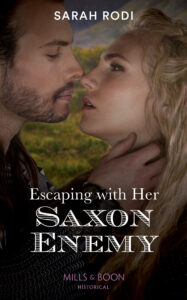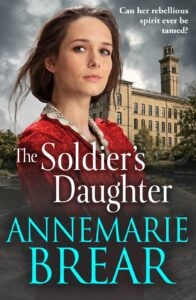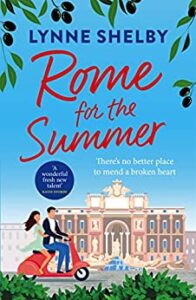 My story begins on the shores of 9th century England. At the King’s daughter’s wedding, Saxon warrior Ashford Stanton is disturbed to discover he finds a Danish shield maiden attractive…
My story begins on the shores of 9th century England. At the King’s daughter’s wedding, Saxon warrior Ashford Stanton is disturbed to discover he finds a Danish shield maiden attractive…
‘Lord Stanton. Would you care for a drink?’ She held up the jug. ‘I don’t think I’ve seen you touch a drop all evening.’ Her narrow nose drew his gaze down and he studied her full, soft lips, which were a pretty petal-pink.
He gave her a brisk smile. ‘Thank you, but no. I am here out of duty, not pleasure.’
Her gaze turned glacial, her face taut, and he knew instantly that she liked his kind as much as he liked hers. Was she just putting on a show for her brother’s guests, as he was for his king? ‘And ale only serves to cloud the judgement, don’t you think?’
‘Well, we can’t have that,’ she mocked. ‘We all know your sound judgement is what’s keeping us all in check.’
His brow furrowed at her blatant disrespect. He was used to being well-regarded by the people of Termarth. ‘You must be referring to my judgement on the Crowe situation—my wisdom in demanding that you show mercy to a man already broken and on his knees…’
‘Crowe killed my father, Lord Stanton. You took the side of my enemy and denied me my revenge.’
He could detect the anger simmering beneath her words, the fire in her personality, and it was igniting an unwanted spark inside him.
Ash inclined his head slightly, as if to acknowledge the weight of her claim. ‘I didn’t know that at the time.’
‘Would your actions have been different had you known?’
‘Probably not. I don’t believe in taking the law into your own hands. What you did was reckless.’
 When she was younger, Svea was attacked by Saxon soldiers. Now she has grown into a warrior who has vowed never to let a man take advantage of her again… and she shows Ash she won’t conform.
When she was younger, Svea was attacked by Saxon soldiers. Now she has grown into a warrior who has vowed never to let a man take advantage of her again… and she shows Ash she won’t conform.
‘We are at my brother’s wedding, and unfortunately I have a duty to be gracious to all his guests.’ She lifted a tankard from a nearby table and poured herself a cup of ale. Raising it up in the air, she made a toast. ‘To the happy couple. I hope you enjoy the rest of your evening…’
‘Doubtful. I have no interest in weddings.’
‘We are in agreement about that, at least. Skol!’ she said, before downing the tankard of ale in one go.
Afterwards, she drew her sleeve across her mouth, wiping the tiny beads of moisture away. He stared at her, incredulous. He had never known a beautiful woman try so hard to disguise her allure. It intrigued him. ‘Still, you played and certainly looked the part today,’ he said.
Her face darkened and she gave an unladylike disdainful snort. He wished the words back the moment he’d uttered them, knowing he’d made a mistake.
 ‘You seem to have a knack of imparting your opinion upon people who don’t want to hear it, Lord Stanton. As I’ve been sweating like a pig on its way to the smokehouse all day, you should save your compliments for the bride.’
‘You seem to have a knack of imparting your opinion upon people who don’t want to hear it, Lord Stanton. As I’ve been sweating like a pig on its way to the smokehouse all day, you should save your compliments for the bride.’
When the King is kidnapped, Svea has to join forces with Ash, returning to his fortress [I visited Bamburgh Castle – inspiration for the setting] to raise his army. Ash learns Svea has been mistreated by men, and he believes the same evil flows through him, but it’s hard to keep his distance… I hope you enjoy the chemistry between them on their journey towards happiness.
www.sarahrodi.com





















